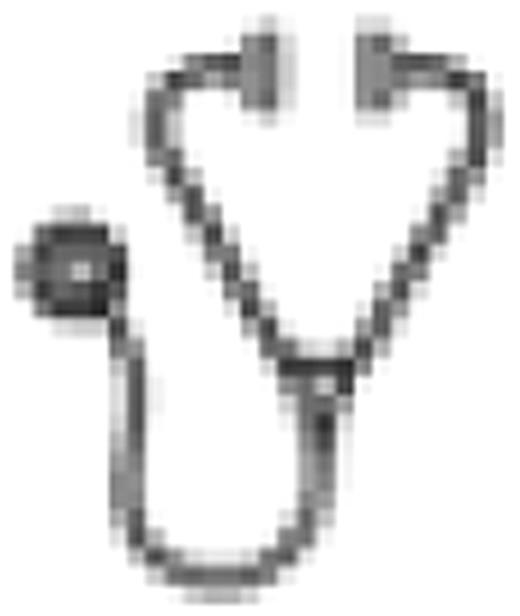Abstract
Abstract 3322
Vitamin D deficiency can cause osteomalacia, aching bone pain, muscle weakness, fatigue, increase risk of fracture and precipitate or exacerbate osteopenia and osteoporosis. Patients receiving chemotherapy for Acute Myeloid Leukemia (AML) or Acute Lymphoblastic Leukemia (ALL) may have limited exposure to sunlight (prolonged hospital stay, debilitation limiting outdoor activity, sunscreen use) and gastrointestinal side effects of chemotherapy may decrease their ability to ingest adequate amounts of Vitamin D. We hypothesized that patients with AML and ALL will have low Vitamin D levels after allogeneic hematopoietic stem cell transplant (AHSCT). We therefore studied Vitamin D level after AHSCT to determine the incidence of Vitamin D deficiency.
289 patients with AML or ALL underwent myeloblative or non-myeloablative AHSCT between January 1, 2000 and January 31, 2009 at our institution. Baseline demographic data, disease characteristics, transplant variables and outcomes data were obtained from the transplant database, which contains prospectively collected data on all patients transplanted at our center. These data were supplemented by retrospective chart review for post-transplant Vitamin D level, Vitamin D supplementation at the time of Vitamin D level, parathyroid hormone (PTH) level at the time of Vitamin D level, bone density result closest to the time of Vitamin D level (either before or after), and specialty of physician ordering Vitamin D level. Categories for Vitamin D level included sufficient (>30 ng/ml), insufficient (20-30 ng/ml), or deficient (<20 ng/ml). Categories for PTH level included normal (10-60 pg/ml), low (<10 pg/ml), and high (>60 pg/ml). Bone density results were recorded as normal (no osteopenia or osteoporosis) or abnormal (osteopenia or osteoporosis).
58 (20.1%) patients had Vitamin D testing post AHSCT. The mean time from AHSCT to Vitamin D testing was 13.8 ± 18.0 months. Testing was ordered most commonly by physicians in the osteoporosis/metabolic disease clinic (79.3%) followed by the AHSCT physician (8.6%), women's health exam provider (3.4%), palliative medicine physician (3.4%), inpatient medicine team (1.7%), pulmonary physician (1.7%) and unknown provider (1.7%). Patients were more likely to have Vitamin D testing if they were female (27.7% versus 12.8% in males; P = 0.002) and if AHSCT was performed more recently (P<0.001). 52 (89.6%) patients who had Vitamin D testing had low levels and 6 (10.3%) had normal levels. Of those with low levels, 18 were insufficient and 34 were deficient. There was no significant difference between gender, age at transplant, diagnosis, type of transplant, year of transplant, or PTH level among the patients with low Vitamin D levels. Most patients with Vitamin D testing had graft versus host disease (GVHD) and were taking corticosteroids (94.8% and 98.2% respectively) and most of these patients had low Vitamin D levels (89%). Of the 49 patients with Vitamin D testing who also had bone density testing, 57% had abnormal scans. However, only 21% of patients with Vitamin D testing were taking Vitamin D supplements prior to testing.
Most patients did not have Vitamin D testing post AHSCT, but those that did were very likely to have low levels. We observed that testing was done mostly in those with a history of GVHD and corticosteroid use, and usually by a provider other than their AHSCT physician. Also, patients with low Vitamin D levels were not likely to be on Vitamin D supplementation after AHSCT. Patients with low levels of Vitamin D had more abnormal than normal bone density results. Our study suggests a high incidence of Vitamin D deficiency among patients with GVHD taking corticosteroids. These patients are at risk for osteoporotic bone fracture and they often complain of bone pain, muscle weakness, and fatigue that may be amenable to Vitamin D supplementation. Vitamin D supplementation may be a low cost, easy to implement addition to routine post AHSCT care that might increase quality of life and reduce AHSCT associated morbidity in patients with GVHD on corticosteroids.
No relevant conflicts of interest to declare.

This icon denotes an abstract that is clinically relevant.
Author notes
Asterisk with author names denotes non-ASH members.

This feature is available to Subscribers Only
Sign In or Create an Account Close Modal